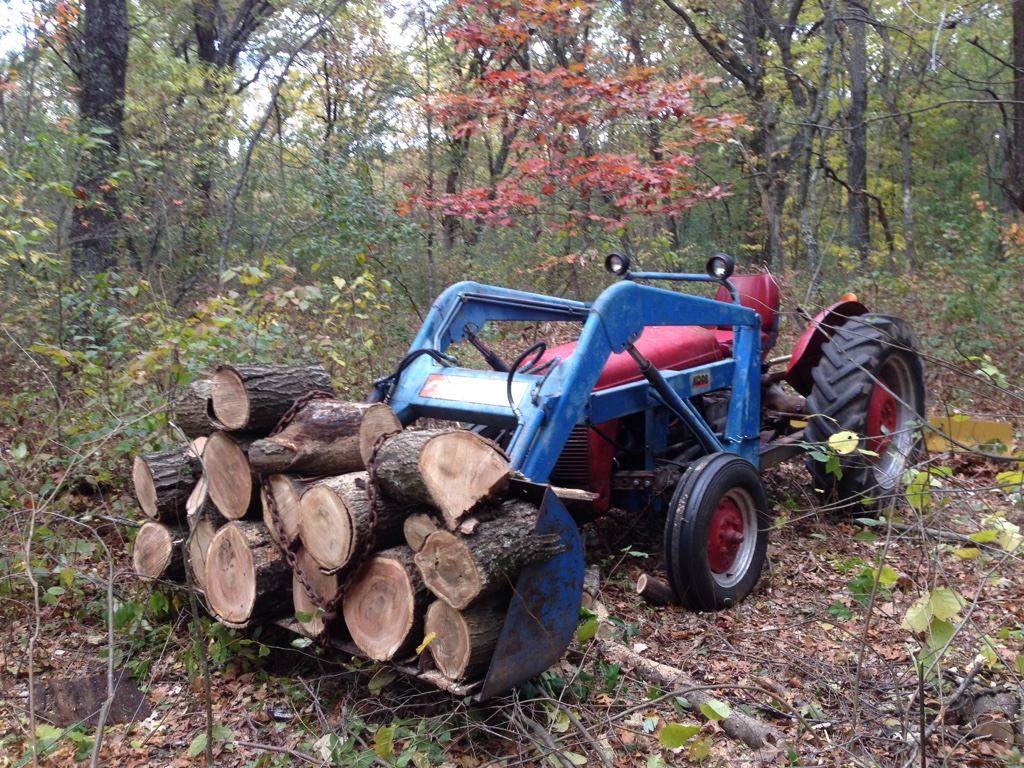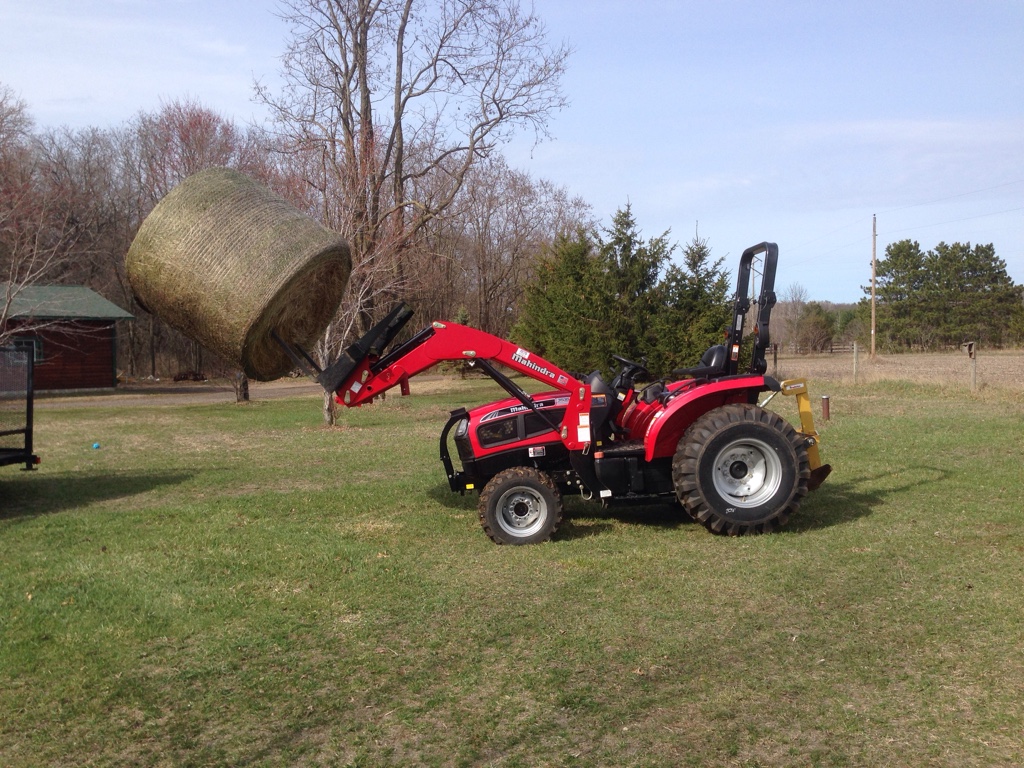So, we moved to Kansas, as my profile indicates. We are very happy out here, but something was missing from our lives... a tractor.
Based on input from this thread and our own thoughts, we had basically decided on getting an 8N. My concerns with the 8N were that I would like to have a live PTO and power steering (not needed, but nice to have for intended uses), and I just had this feeling that we would end up finding it being smaller and less tractor than we needed once we got into tractor uses.
Some random browsing on Craigslist found a good deal on a Massey-Ferguson 165. We ended up getting it for an even better deal, and I trailered it home today. It's a gasser, which is preferable in my opinion, as I didn't want the diesel engine for winter starting issues (no electricity/heat in the outbuilding). 3-point, hydraulics, came with a 72" brush hog, gravel rake, rear blade, and some accessories we won't use. I'll sell those and get a front end loader, and I'm thinking we might also get a big finish mower for the PTO. This thing has enough power to run that.
The tractor is not perfect. It needs front tires (they're falling apart). Rears are dry rotted, but we can at least get another season or two out of them I figure. It needs a new seat (although that's cosmetic really). The petcock leaks when you turn it off, so I'll put a new one of those in. Likely also replace the fuel hoses while I'm at it, which I'm going to guess need it. Coolant is relatively recent and looks good, coolant hoses and radiator looked good, too. Needs two of the 4 headlights replaced (they physically aren't there), and may need some more there, I didn't test the lighting system since it really didn't matter for the purposes of whether or not I was going to buy it.
My questions:
1) Anyone have recommendations for what and where to buy for front tires?
2) Are tractor tires something you can replace yourself, or do you need to take them someplace to get replaced with a machine?
3) I have no idea what sizes finish mowers come in for PTO in greater than 72". What are some common sizes so I can more easily search?
4) This tractor is set up for a front end loader, but didn't come with one. Looked to have factory holes for the setup. Any ideas on what/where to look for/find an appropriate front end loader?







